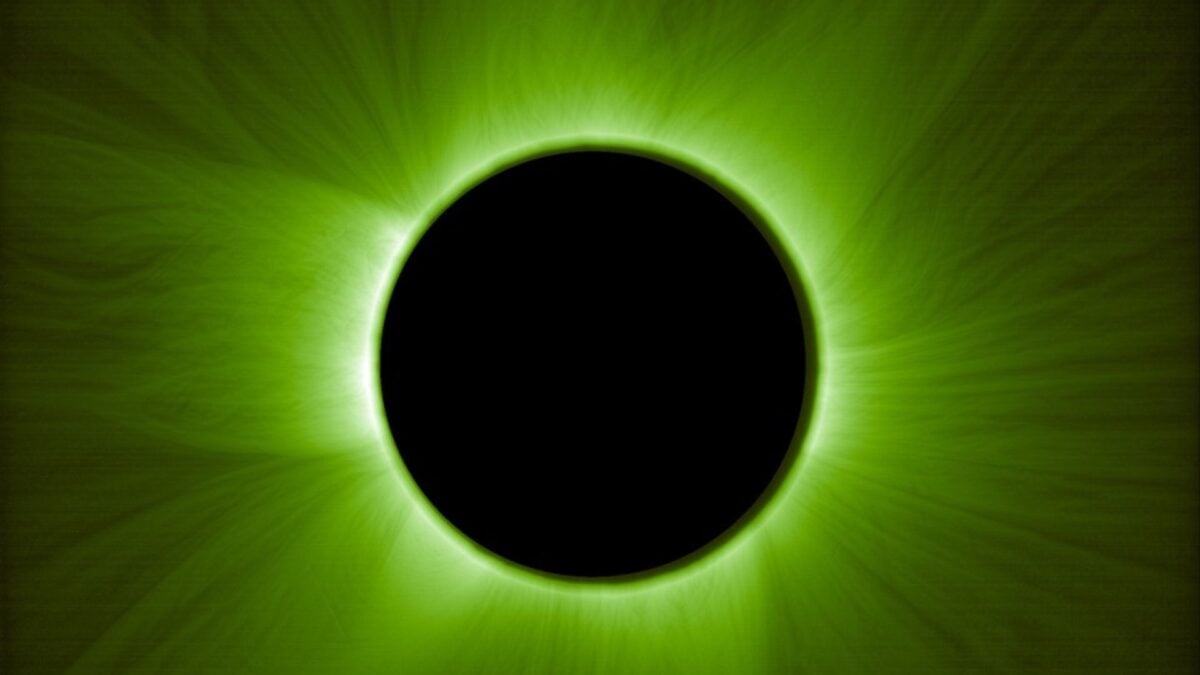The Sun’s outer atmosphere, known as the corona, is typically glimpsed only during total solar eclipses, which occur approximately every 18 months and are visible from a limited path on Earth. These events have traditionally offered a unique chance for scientists to scrutinize the Sun’s turbulent surface. However, a recent breakthrough means researchers will no longer have to wait for celestial events.
On June 16, the European Space Agency (ESA) announced the remarkable achievement of its Proba-3 mission, which created the world’s first artificial total solar eclipse. This mission employs two satellites, the Occulter and the Coronagraph, which were able to autonomously align in space, effectively obscuring the Sun’s surface and capturing images of the corona.
The success of Proba-3 not only broadens access to crucial solar data but also showcases a new level of capability in satellite formation flying. “I was absolutely thrilled to see the images, especially since we got them on the first try,” stated Andrei Zhukov, the principal investigator for the Association of Spacecraft for Polarimetry and Imaging Investigation of the Corona of the Sun (ASPIICS) at the Royal Observatory of Belgium.
Launched on December 5, 2024, the Proba-3 mission saw its two satellites reach solar orbit successfully. By May, they had accomplished a milestone never achieved by any previous spacecraft—autonomously aligning with millimeter precision and maintaining their positions for hours without ground control assistance.
To simulate the eclipse, the satellites had to align approximately 500 feet apart. This positioning allowed the Occulter, with its 4.6-foot disc, to cast a 3-inch shadow on the Coronagraph’s optical instrument, effectively veiling the Sun’s surface for the Coronagraph to photograph the corona.
“Our ‘artificial eclipse’ images are comparable with those taken during a natural eclipse,” Zhukov noted. “The difference is that we can create our eclipse once every 19.6-hour orbit, while natural solar eclipses only happen about once or, very rarely, twice a year. Moreover, natural total eclipses last only a few minutes, while Proba-3 can sustain its artificial eclipse for up to six hours.”
The initial coronal images obtained are expected to yield valuable data for the mission, as studying the corona has significant scientific implications. The corona is responsible for driving solar wind—the ongoing stream of charged particles from the Sun—and explosive jets of magnetized plasma called coronal mass ejections. Monitoring these phenomena is essential for understanding solar weather, which can have profound effects on Earth’s satellites, communication systems, and power infrastructure.
Insights from the Proba-3 mission and later corona-imaging endeavors may assist scientists in anticipating the risks posed by severe solar storms. A recent solar storm emergency drill involving multiple U.S. agencies highlighted critical gaps in the current forecasting abilities for space weather.
Additionally, the corona presents a scientific conundrum. Extending millions of miles into space, it somehow reaches temperatures around 200 times greater than the Sun’s surface—a phenomenon known as the coronal heating problem. According to ESA, this mission seeks to unravel this mystery by employing the Coronagraph’s advanced optical instrument to closely study the corona near the Sun’s surface, collecting intricate details by minimizing stray light interference.
“Current coronagraphs are no match for Proba-3, which will observe the Sun’s corona down almost to the edge of the solar surface,” remarked Jorge Amaya, the space weather modeling coordinator at ESA. “So far, this was only possible during natural solar eclipses.”
Beyond its foundational solar science efforts, Proba-3 sets a precedent for autonomous precision formation flying, a technique that will be pivotal for future multi-spacecraft missions like ESA’s Laser Interferometer Space Antenna (LISA).
Proba-3 is scheduled to observe the Sun’s corona for approximately two years, providing images that were once only available during rare celestial events. This influx of observations is anticipated to significantly enhance scientists’ understanding of the Sun—the driving force of life on Earth.

